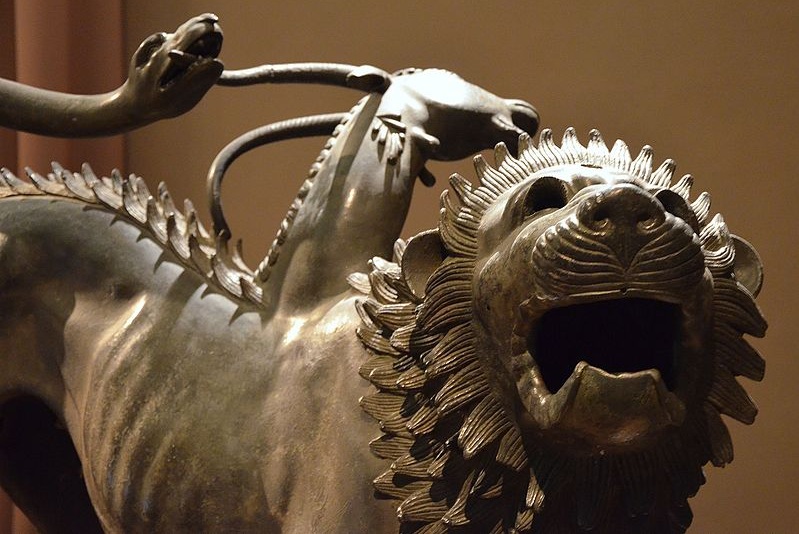- Read offline
- Access all content
- Use the in-app Map to find sites, and add custom locations (your hotel...)
- Build a list of your own favourites
- Search the contents with full-text search functionality
- ... and more!
Etruscans, Romans and Early Medieval Art

Almost all Etruscan art derives from the Greek; the Etruscans built classical temples (unfortunately of wood, with terracotta embellishments, so little survives), carved themselves sarcophagi decorated with scenes from Homer, and painted their pottery in red and black after the latest styles from Athens or Corinth.
Their talent for portraiture, among much else, was carried on by the Romans, and they bequeathed their love of fresco painting to the artists of the Middle Ages and Renaissance, who of course weren’t even aware of the debt. The Museo Archeologico has some beautiful pieces, as does the museum of the Parco Archeologico di Artimino in Carmignano, once site of a thriving Eturscan town.
After destroying the Etruscan nation, the Romans also began the extinction of its artistic tradition; by the Empire, there was almost nothing left that could be called distinctively Etruscan. What Tuscan painting survived followed styles current in Byzantium, a stylization that lingered into the 13th century in Tuscan panel painting.
Image by Carole Raddato, Creative Commons License

